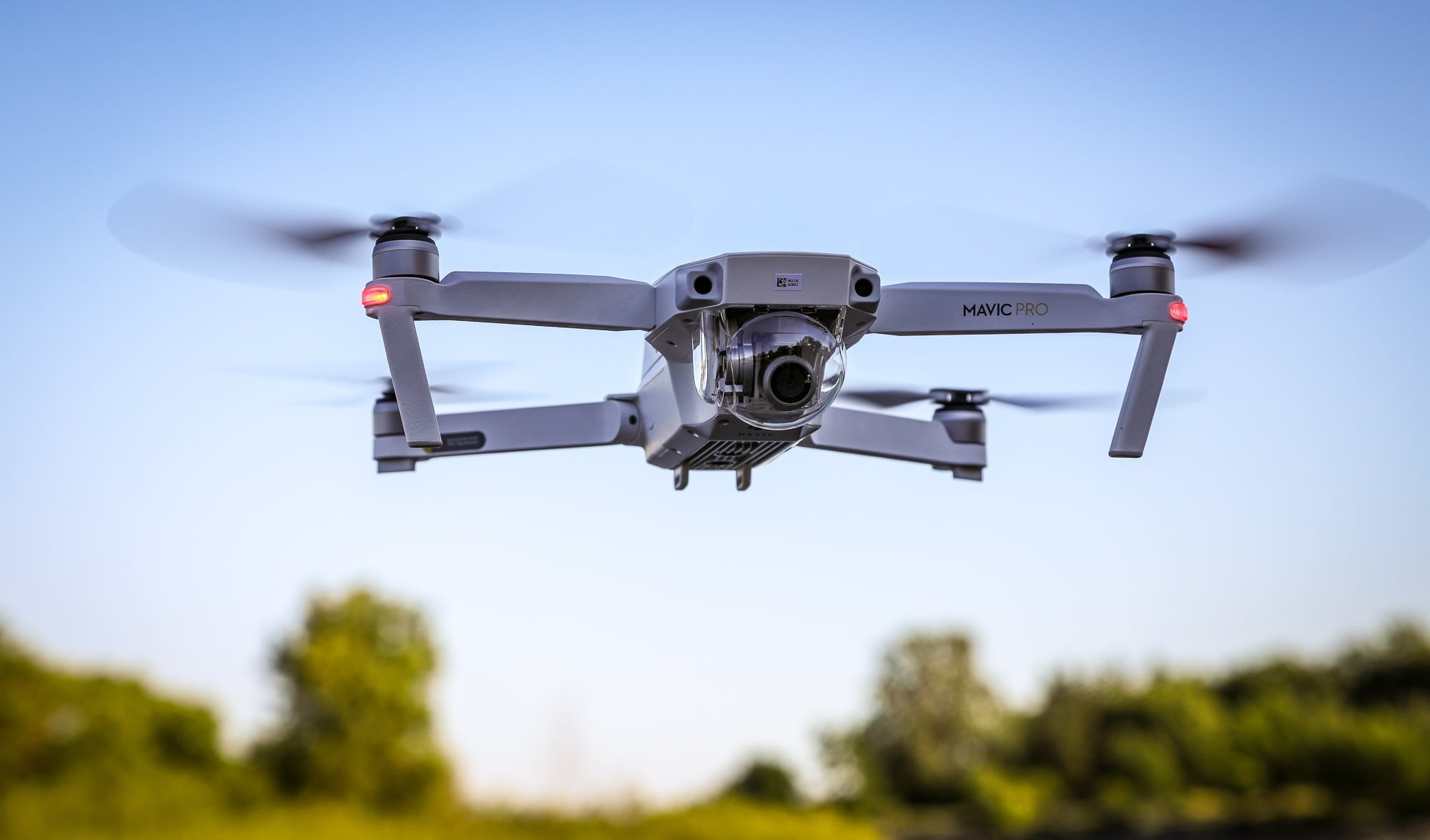On June 1, 2019, Canada’s rules for piloting drones are set to change, and while the new rules include new regulatory steps, including pilot certification and drone registration, they also make flying a drone simpler in a few key ways as well.
Under the new rules, flying a drone will require users to obtain a drone pilot certificate by taking a test, registering their drone with the government, and keeping visual-line-of-sight with the drone at all times.
Additionally, while flying, drones can’t go above 122 metres, or 400 feet, in the air. Users also can’t fly their drones near emergency operations and advertised events, must stay at least 6 kilometres (3 nautical miles) away from airports, and at least 1.9 kilometres (1 nautical mile) away from heliports.
The rules also require users to respect the privacy of others–in other words, you can’t fly drones near private homes or near people–and you can’t trespass while flying a drone.
Compared to the existing rules, which are still in effect until the end of May, the new rules help ensure users are prepared to fly their drone, thanks to the drone licencing, but they also balance what drone pilots are allowed to do with their drone. Currently, drones are not allowed to fly above 300 feet in the air, and specifically no more than 1640 feet away from the pilot.
The new rules will apply to all drones over 250 grams and up to 25 kilograms. Drones over 25 kilograms will require special licencing from Transport Canada.
Advanced operations, including flying over bystanders, will require users to pass a small advanced exam, pass a flight review, and mark your drone with a registration number.
Under the new rules, the penalties for breaking the law start at $1,000 and go as high as $15,000 for corporations.
Transport Canada also recommends that pilots obtain insurance. While insurance is not required, it could be helpful, and it’s notable that most home insurance plans would not cover liability related to drone accidents.
DJI, the makers of the Mavic, Spark, and Phantom lines of consumer drones, made a statement about the upcoming rules, welcoming the changes and what they signal for users.
“The regulatory framework published strikes a sensible balance between protecting public safety and bringing the benefits of drone technology to Canadian businesses and the public at large,” said Brendan Schulman, vice president of policy & legal affairs at DJI. “The vast majority of drone pilots fly safely and responsibly, and governments, aviation authorities and drone manufacturers agree we need to work together to ensure that all drone pilots know basic safety rules.”
DJI also noted that some of the new rules for drone users are innovative, “including an easily accessible online test, rules that will allow for night operations, and a framework that will keep drones away from major airports while not simply outlawing operations anywhere near populated areas.”
Read all of the upcoming regulations on the Transport Canada website.
Join our list
Subscribe to our mailing list and get weekly updates on our latest contests, interviews, and reviews.

